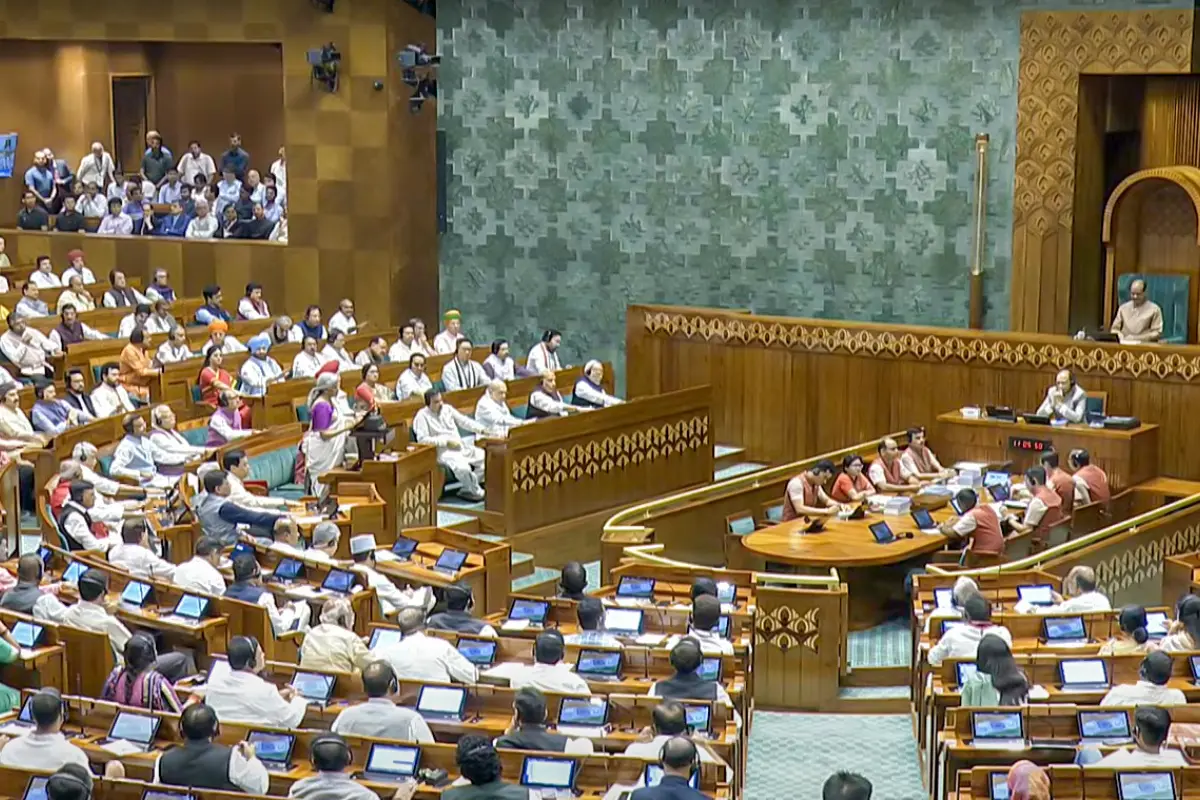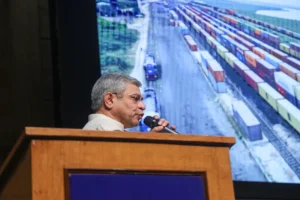
Union Finance Minister Nirmala Sitharaman presented her seventh consecutive Union Budget on Tuesday, outlining a strategic vision to transform India into a ‘Viksit Bharat’ by 2047.
This budget, the first under Modi’s third term, is also the 13th consecutive budget presente by the Modi government since it assumed office in 2014, including two interim budgets.
The 2024 Union Budget places a strong emphasis on employment, skilling, agriculture, and manufacturing.
It however aims to strike a balance between fiscal responsibility and economic growth.
Key Highlights:
Economic Focus:
The budget aims to boost consumption through increased allocations for the rural economy, implement taxation reforms, and drive infrastructure development. There is a notable emphasis on enhancing local manufacturing, job creation, and skill development. Additionally, the budget proposes increased production-linked incentives (PLI) for labor-intensive sectors.
Employment Generation:
Sitharaman announced three major employment schemes. The ‘Scheme for First-Timers’ will however provide a one-month wage subsidy for new entrants into the workforce across all sectors, benefiting approximately 2.1 crore (21 million) youths.
Support for Farmers:
The Modi government’s focus on agriculture continues with several initiatives. The PM Garib Kalyan Anna Yojana will be extended for five years, providing continued support to over 80 crore (800 million) people. Additionally, the budget includes plans to release 109 new high-yielding, climate-resilient crop varieties and introduce one crore (10 million) farmers to natural farming practices over the next two years.
Agriculture & Allied Sectors:
The budget allocates Rs 1.52 lakh crore (1.52 trillion) for agriculture and allied sectors in FY25. Highlights include establishing 10,000 need-based bio-input centers, developing large-scale vegetable production clusters near consumption centers, and initiating a digital crop survey for Kharif crops in 400 districts.
In her presentation to the Lok Sabha, Sitharaman further emphasized the public’s continued trust in Prime Minister Narendra Modi’s leadership, evidenced by the government’s historic third-term re-election.
Also Read: Finance Minister Nirmala Sitharaman Meets President Murmu Ahead Of Budget Presentation
To read more such news, download Bharat Express news apps


















